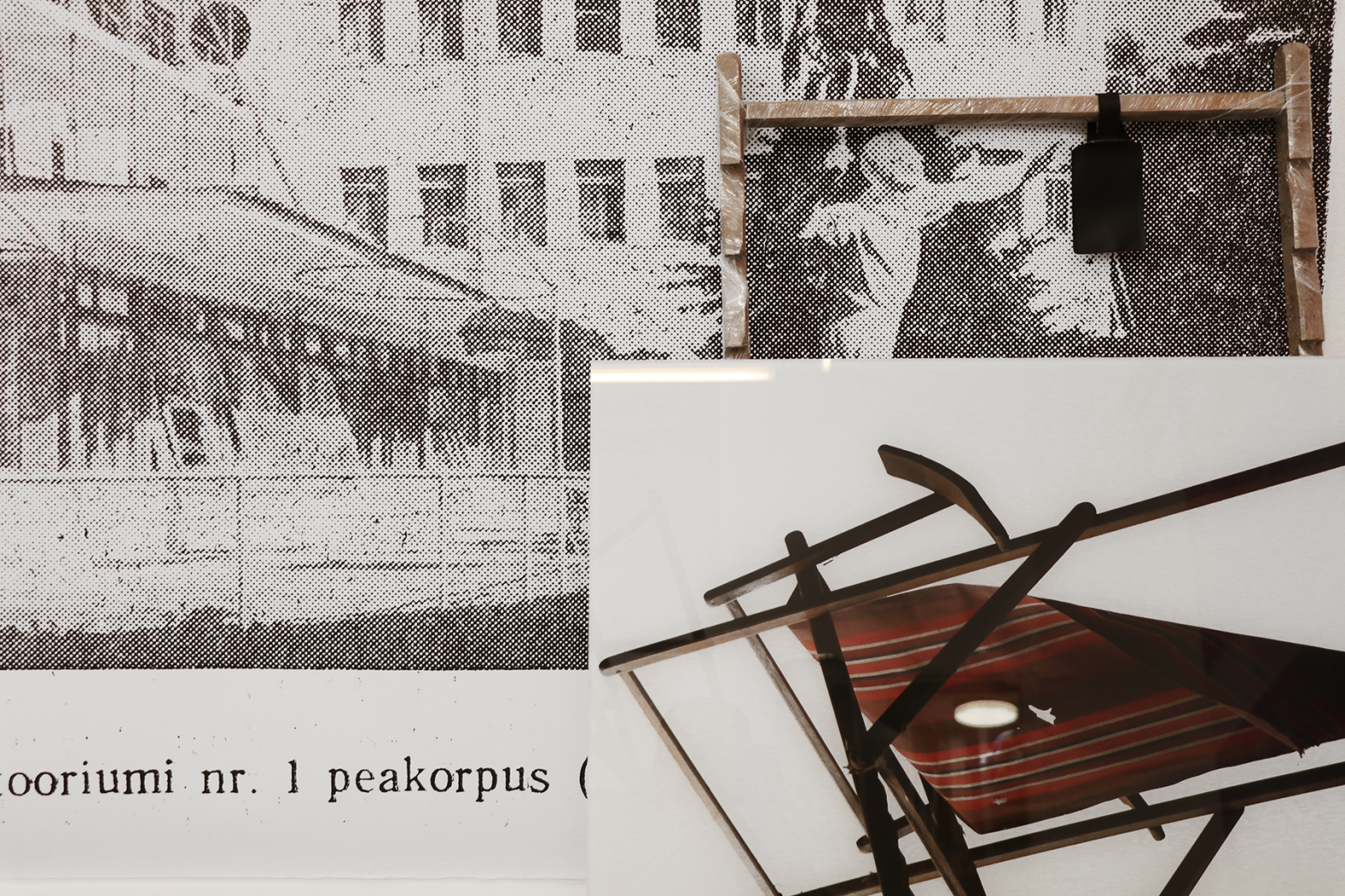Atmosphère sanatoriale est une exposition présentée à la galerie Kogo de Tartu, sous commissariat de Sara Bédard-Goulet et Liina Raus. Elle résulte d’une invitation de Sara Bédard-Goulet et s’inscrit dans le cadre des recherches qu’elle mène à l’université de Tartu qui explorent le potentiel des arts à bouleverser la vie. Atmosphère sanatoriale interroge l’invention du sanatorium public en tant que réponse politique à l’épidémie de tuberculose apparue à la fin du XIXe siècle dans les pays industrialisés, mis en perspective par l’histoire estonienne. Galerie Kogo, du 23 octobre au 18 décembre 2020, Tartu, Estonie.
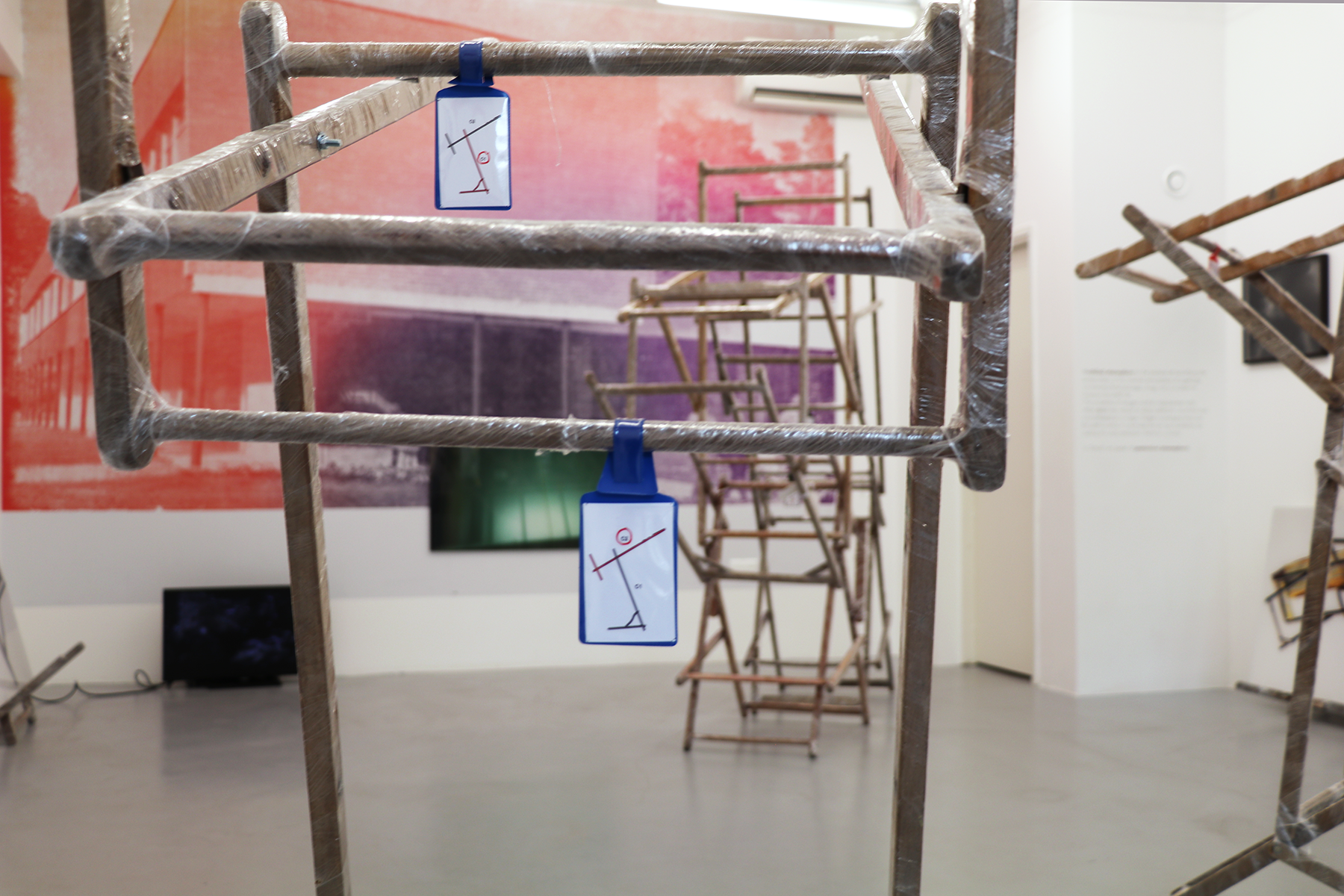


















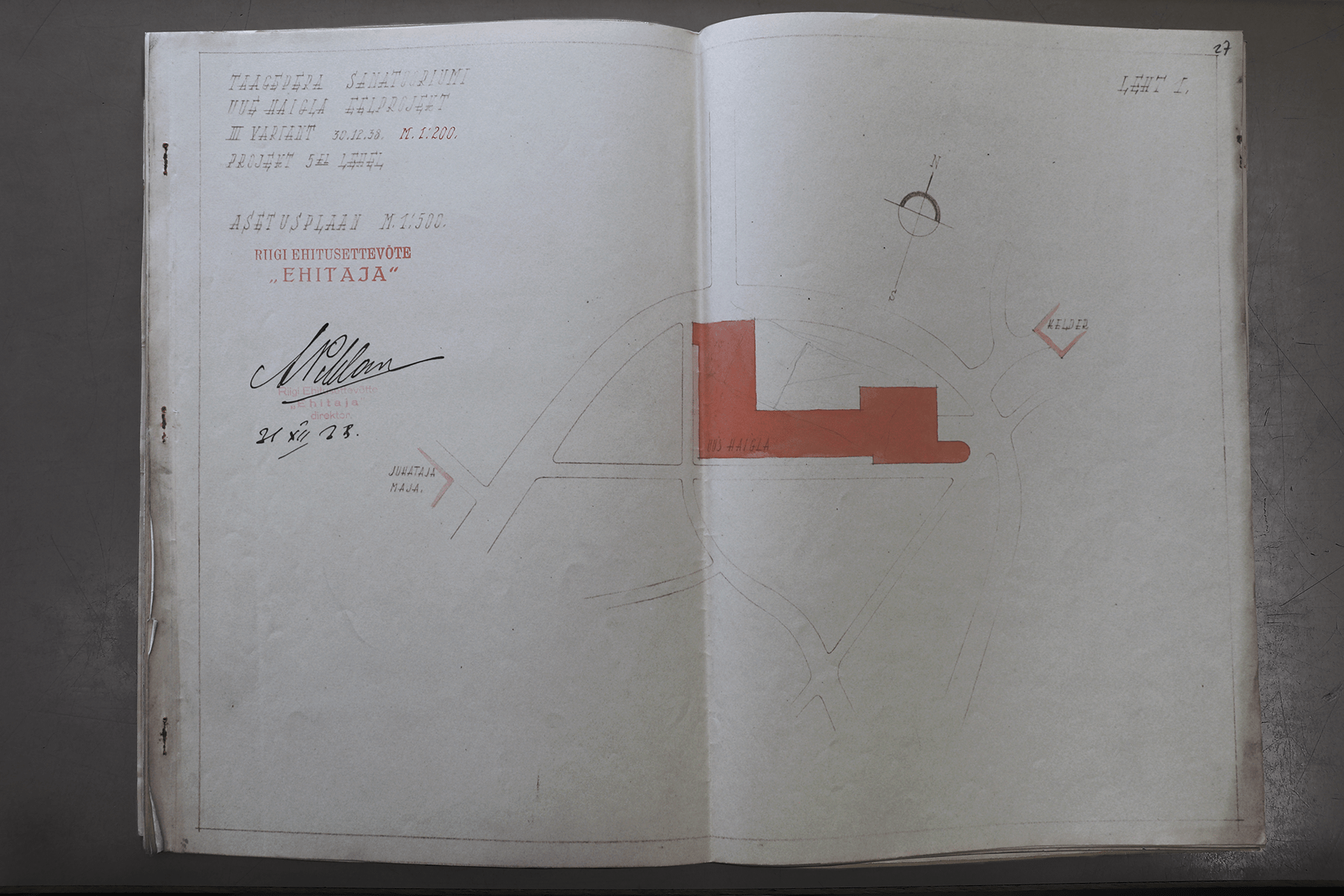






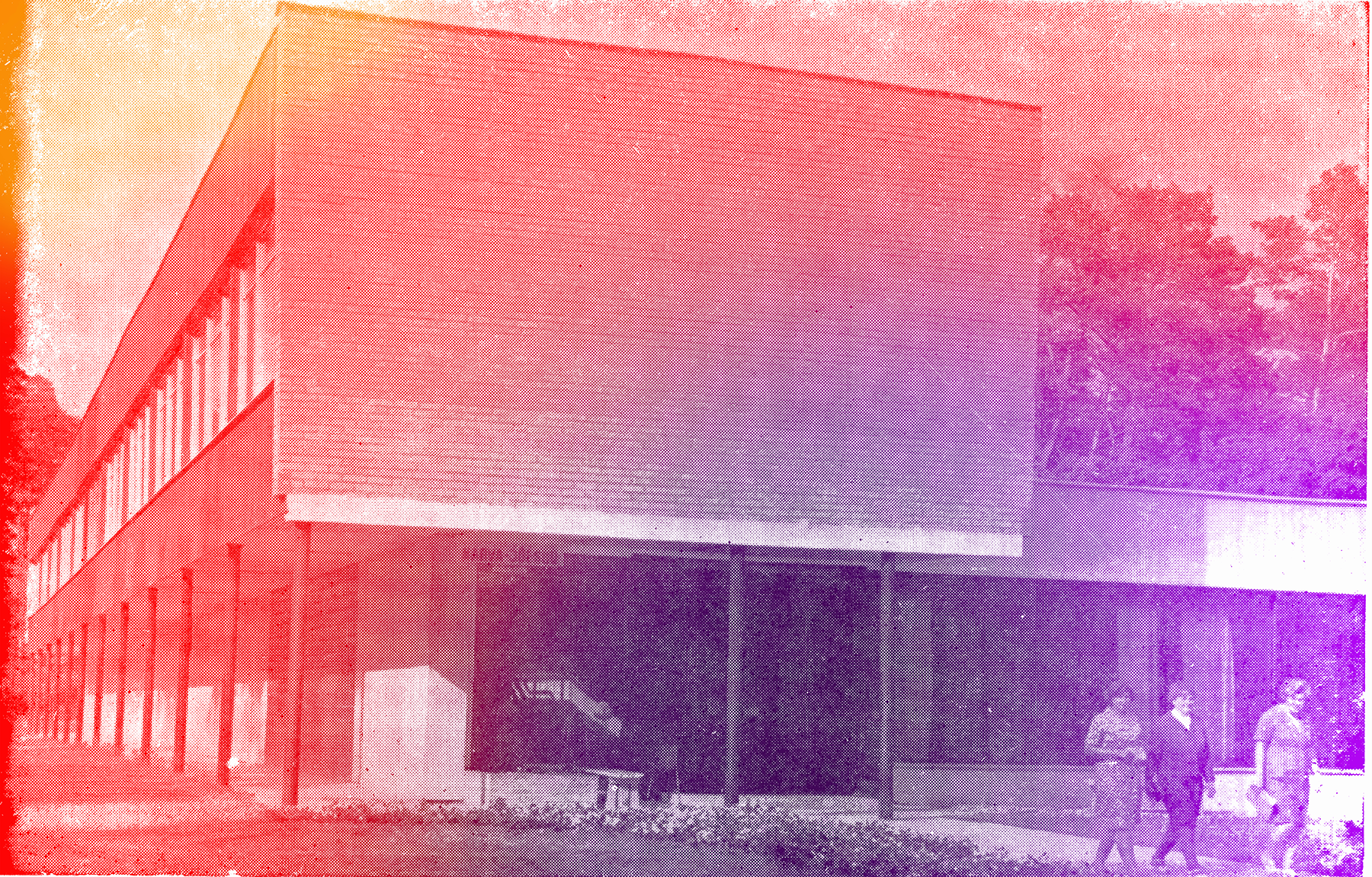
Modified atmosphere is the practice of modifying the composition of the internal atmosphere of a package (commonly food packages, drugs, etc.) in order to improve the shelf life.
The reduction of oxygen and its replacement with other gases can reduce or delay oxidation reactions and microbiological spoilage. Oxygen scavengers may also be used to reduce browning due to lipid oxidation by halting the auto-oxidative chemical process.
In French we speak of protective atmosphere.
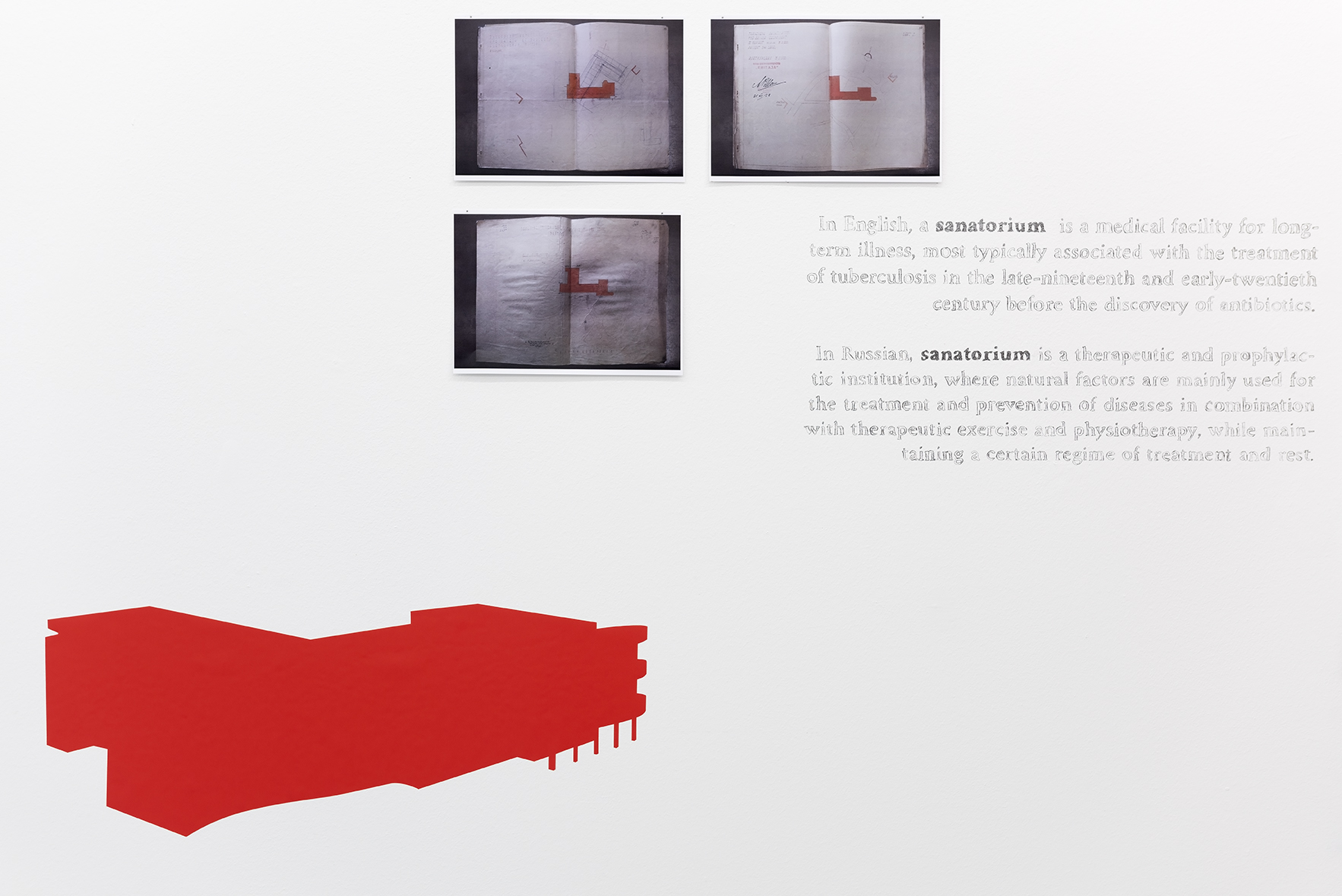
In English, a sanatorium is a medical facility for long-term illness, most typically associated with the treatment of tuberculosis (TB) in the late-nineteenth and early-twentieth century before the discovery of antibiotics.
In Russian, sanatorium is a therapeutic and prophylactic institution, where natural factors (climate, mineral waters, therapeutic mud, sea bathing, etc.) are mainly used for the treatment and prevention of diseases in combination with therapeutic exercise, physiotherapy and rational nutrition (diet), while maintaining a certain regime of treatment and rest.
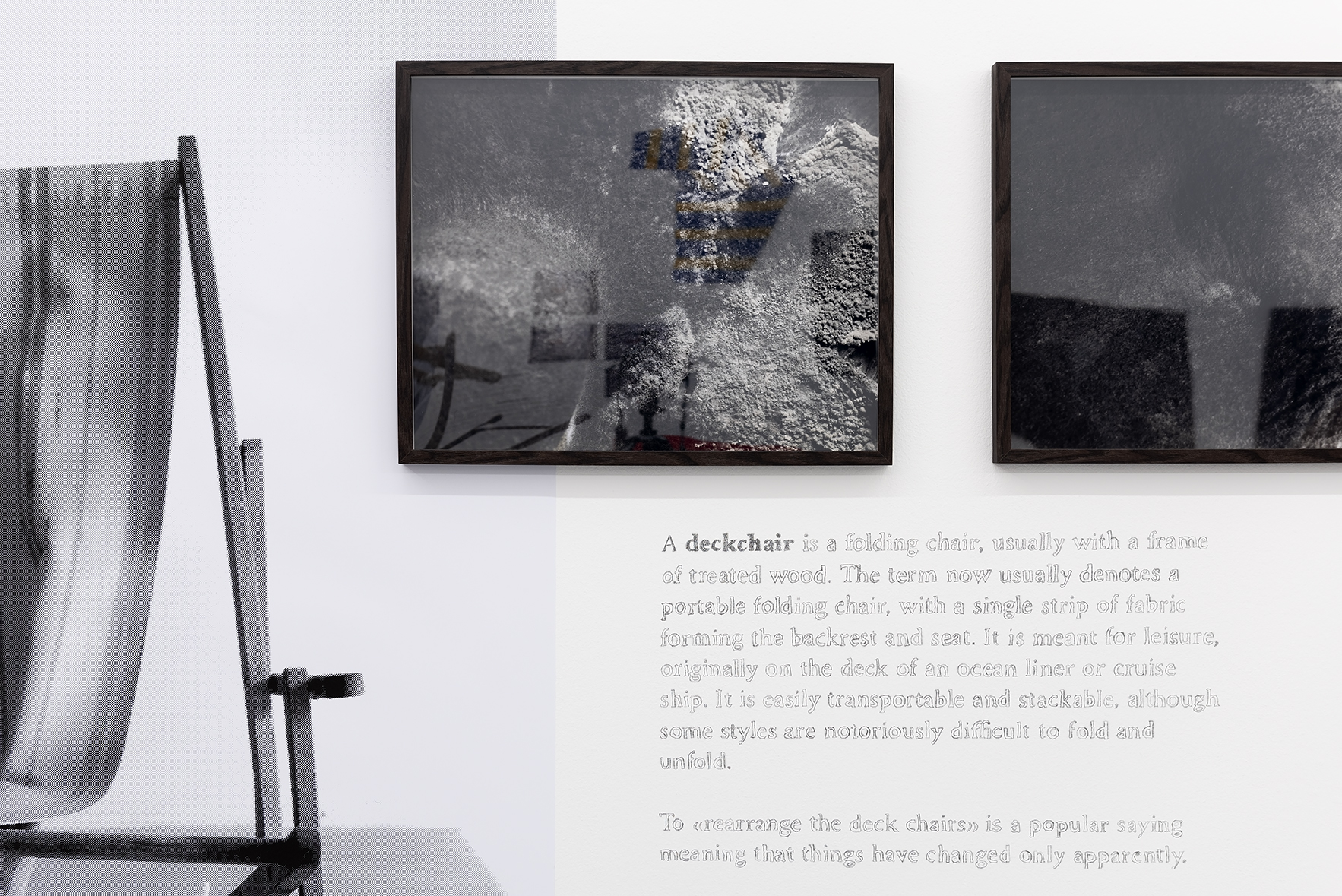
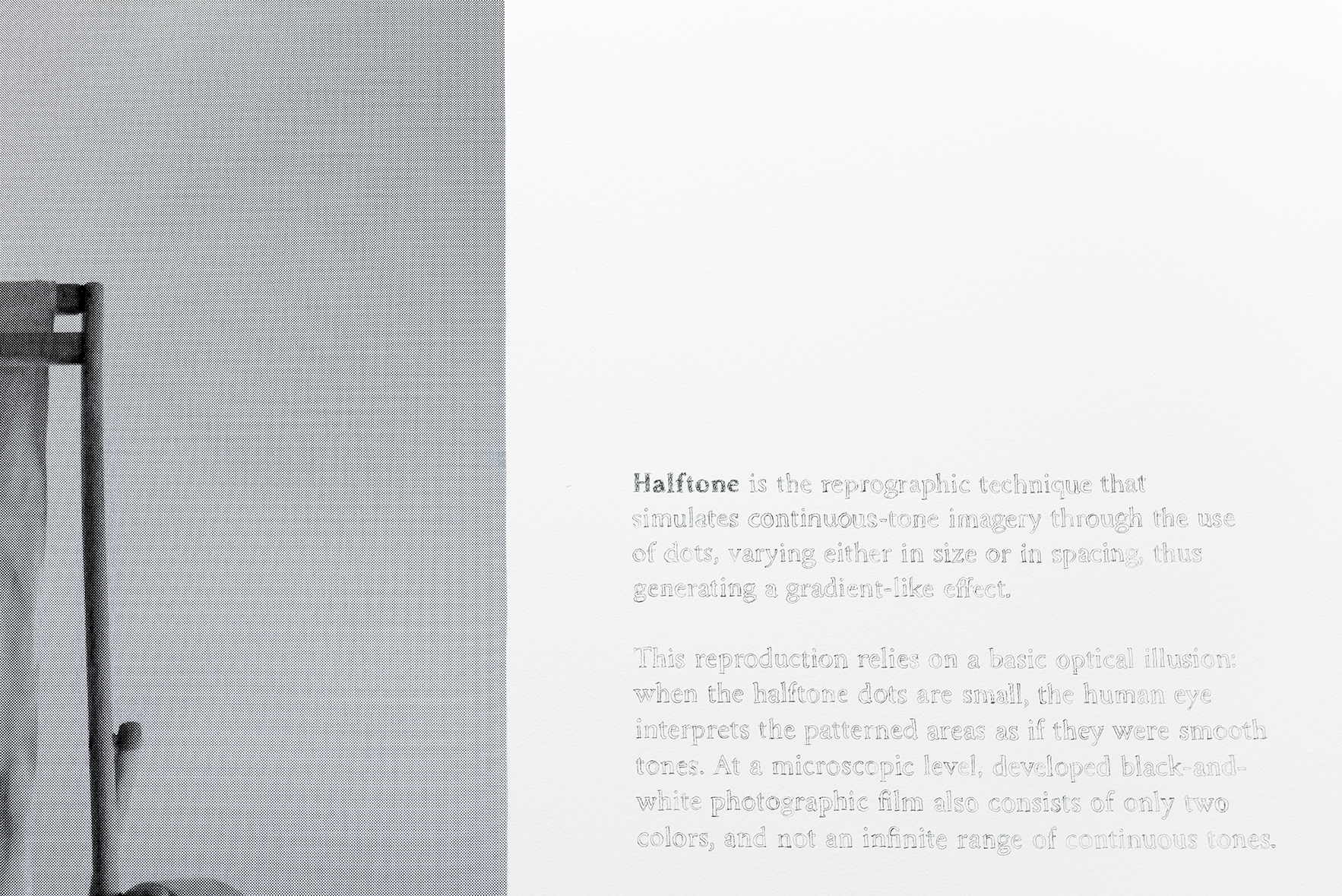
Halftone is the reprographic technique that simulates continuous-tone imagery through the use of dots, varying either in size or in spacing, thus generating a gradient-like effect. « Halftone » can also be used to refer specifically to the image that is produced by this process.
This reproduction relies on a basic optical illusion: when the halftone dots are small, the human eye interprets the patterned areas as if they were smooth tones. At a microscopic level, developed black-and-white photographic film also consists of only two colors, and not an infinite range of continuous tones.
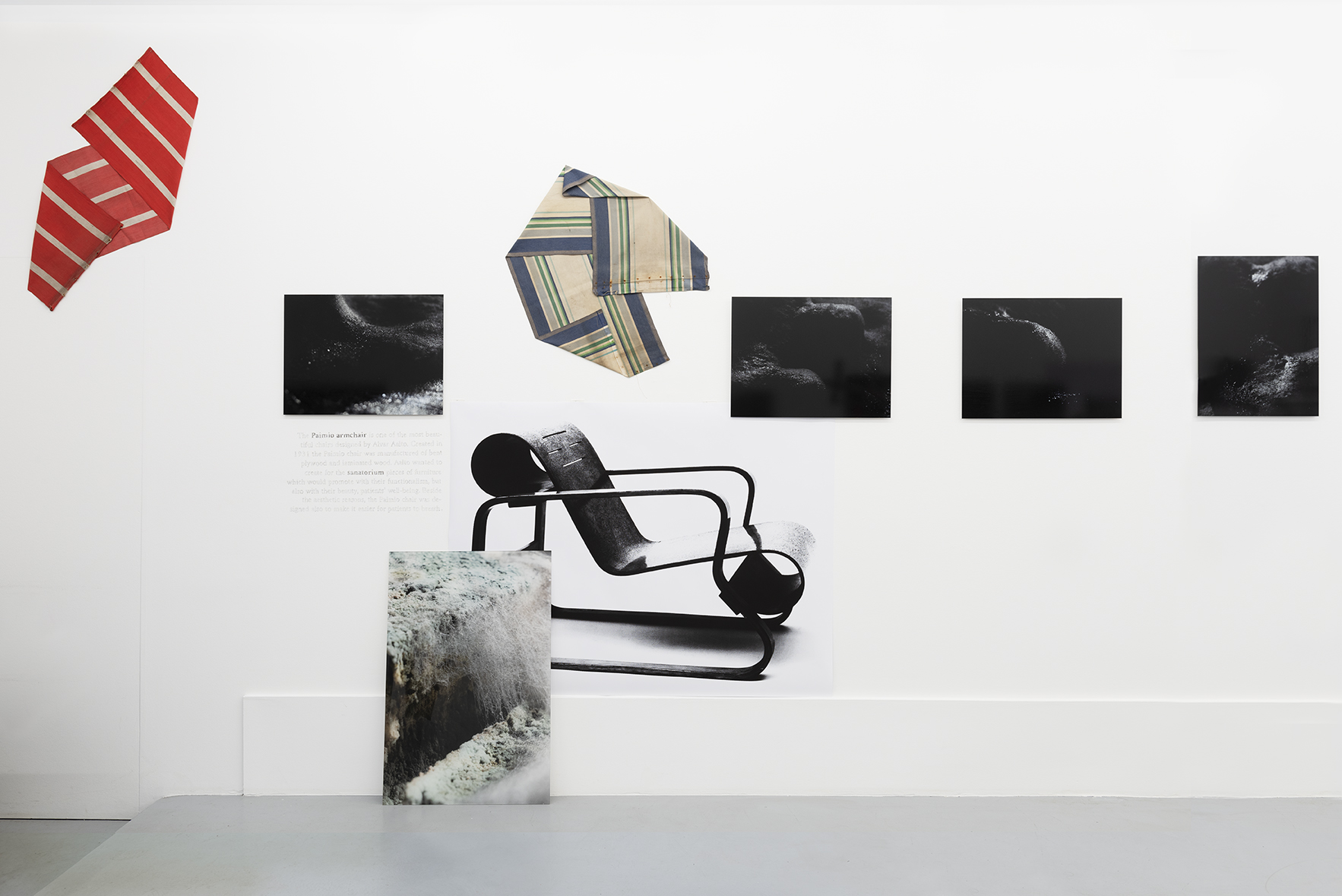
Admired as much for its sculptural presence as for its comfort, the Paimio Chair is a tour de force in bentwood that tested the limits of plywood manufacturing in the early 1930s.
The Paimio Chair is named for the town in southwestern Finland for which Alvar Aalto designed a tuberculosis sanatorium and all its furnishings. The chair was used in the patients’ lounge; the angle of the back of the armchair was intended to help sitters breathe more easily.
voir le projet atmosphère sanatoriale
Read more about Sanatorium’s atmosphere project
L’exposition est soutenue par la Fondation culturelle d’Estonie, Tartu – City of Good Thoughts, la Faculté des arts et des lettres de l’Université de Tartu, la brasserie Pühaste et la distillerie Peninuki.
avec le soutien de

